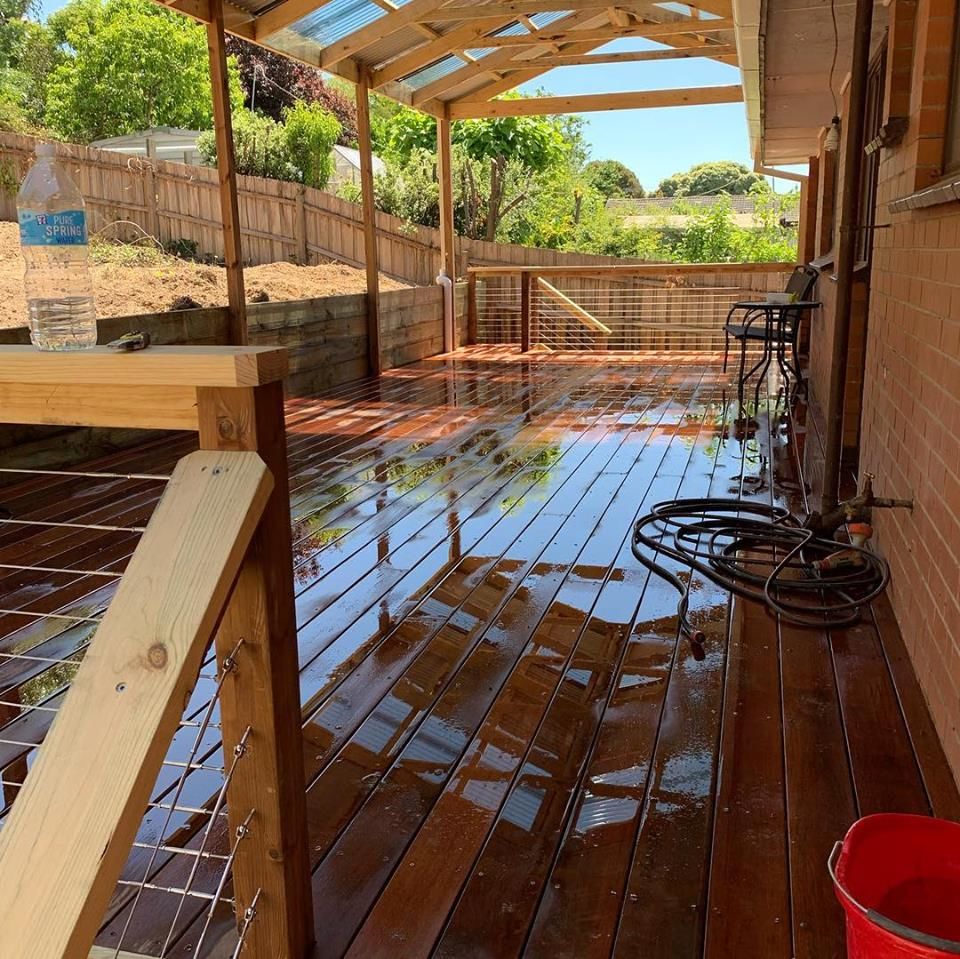Creating a cohesive, functional, and aesthetically pleasing outdoor space involves meticulous planning and a harmonious integration of all landscape elements, including decks and pergolas. The seamless integration of these structures can significantly enhance your outdoor experience, providing both visual appeal and practical benefits. Here’s a guide to mastering the integration of decks and pergolas into your landscape.
1. Understanding Your Landscape
To begin, a thorough understanding of your landscape's topography, soil type, and existing vegetation is crucial. Each landscape is unique, and aligning the design and placement of your deck and pergola with the natural environment ensures sustainability and aesthetic coherence. Studying sunlight patterns, wind direction, and views is crucial to optimize the comfort and usability of the spaces created.
2. Establishing a Design Theme
Choosing a design theme that complements your home's architecture and the surrounding environment is paramount. Whether you lean towards modern minimalism, rustic charm, or tropical allure, the design theme will guide the selection of materials, colors, and architectural features, ensuring a harmonious connection between the deck, pergola, and the overall landscape.
3. Choosing Materials Wisely
The materials selected should not only align with the design theme but also withstand the local climate and environmental conditions. Composite decking is durable and requires minimal maintenance, making it a popular choice for decks, while cedar and vinyl are favored for pergolas due to their resilience and versatility.
4. Functionality and Flow
A successful integration of deck and pergola considers the functionality of each structure and the flow between them. Decks are versatile, serving as dining areas, lounging spaces, or outdoor kitchens, while pergolas can provide shade, define spaces, and support climbing plants. Positioning these structures in locations that facilitate movement and interaction between indoor and outdoor spaces enhances overall functionality and enjoyment.
5. Including Sustainable Features
Sustainability is increasingly becoming a critical consideration in outdoor design. Integrating eco-friendly materials, energy-efficient lighting, and water-saving landscape features reduces environmental impact and can lead to long-term cost savings. Green roofs on pergolas or decks can also be considered to increase biodiversity and reduce heat islands.
5. Balancing Aesthetics and Privacy
While the aesthetic integration of decks and pergolas is essential, balancing it with privacy needs is equally important. Strategically placing pergolas and incorporating screening elements such as lattices, plantings, or curtains can create intimate spaces without compromising the visual flow and integrity of the landscape design.
6. Optimal Lighting and Accessories
Finally, the addition of lighting and accessories can enhance the ambience and usability of your deck and pergola. Consider incorporating various lighting solutions such as ambient, task, and accent lighting to create a versatile and inviting outdoor space. Integrating functional accessories like heating elements and fans can extend the usability of the space throughout different seasons.
Conclusion
Mastering the integration of decks and pergolas into your landscape involves a holistic approach, considering aesthetics, functionality, and environmental impact. By understanding your landscape, establishing a coherent design theme, selecting appropriate materials, and optimizing functionality and aesthetics, you can create harmonious and sustainable outdoor spaces that enhance your lifestyle and property value. Whether you desire a tranquil retreat or an inviting entertainment space, a well-integrated deck and pergola can transform your outdoor experience.
